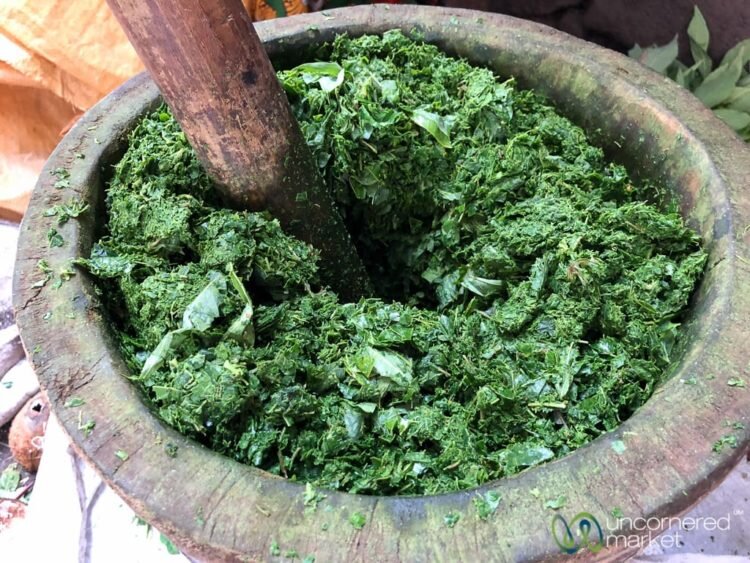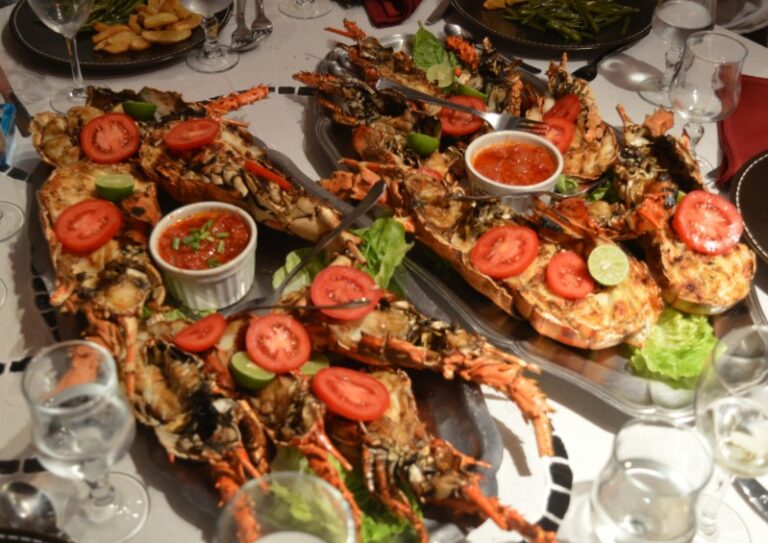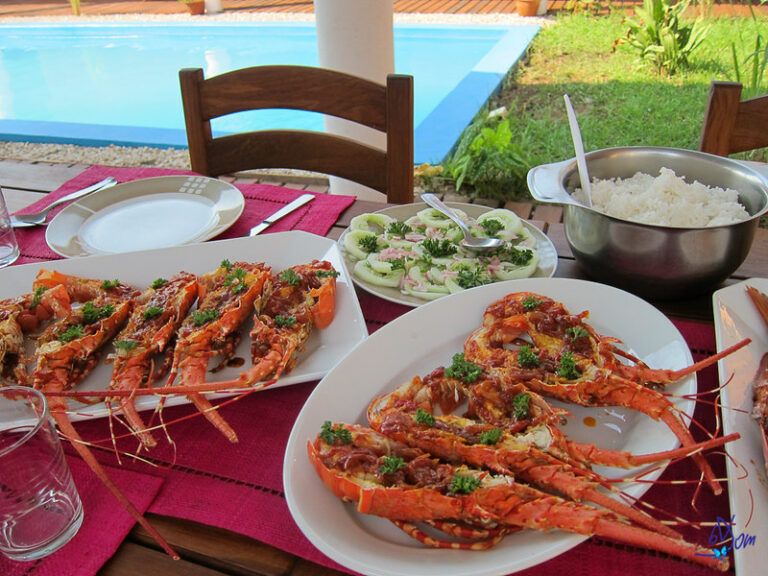Introduction: An Overview of Malagasy Cuisine
Malagasy cuisine, the culinary tradition of Madagascar, is a fascinating blend of different cultures and influences. It is characterized by its unique flavors and the use of native ingredients such as rice, meat, fish, vegetables, and spices. Malagasy cuisine is a reflection of the country’s history, geography, and multicultural heritage, making it a truly unique and delicious experience for food lovers.
Rich Flavors: The Spices and Ingredients of Malagasy Cuisine
One of the most distinctive features of Malagasy cuisine is its use of spices and herbs to create rich and complex flavors. Some of the most commonly used spices in Malagasy cuisine include cloves, vanilla, ginger, turmeric, and black pepper. These spices, along with others, form the base of many Malagasy dishes and are used to create distinctive flavor combinations that are both spicy and sweet.
Other key ingredients in Malagasy cuisine include seafood, such as octopus and crab, and meat, such as pork and beef. Vegetables such as cassava, sweet potatoes, and beans are also commonly used. Coconut milk is a popular ingredient in many Malagasy dishes, adding a creamy texture and a subtle sweetness to savory dishes.
A Cultural Melting Pot: The Influences on Malagasy Cuisine
Malagasy cuisine has been influenced by various cultures over time. The arrival of different ethnic groups, such as Arabs, Indonesians, and Africans, has left a significant mark on the cuisine of the island. The Indian community also played a significant role in shaping Malagasy cuisine, introducing spices such as cloves, cardamom, and curry powder.
The French, who colonized Madagascar in the late 19th century, also left an indelible mark on Malagasy cuisine, introducing European cooking techniques and ingredients such as bread, butter, and cheese. The result is a cuisine that is rich in flavor and diverse in its influences.
Rice, The Staple of Malagasy Cuisine
Rice is the staple food of Madagascar and is consumed in various forms at every meal. It is often served with a protein-rich dish such as meat, fish, or beans, and is also used to make the traditional Malagasy dish, “vary amin’anana,” which is a mixture of rice and greens. Rice is so important in Malagasy culture that it is a symbol of wealth and is often used in important ceremonies such as weddings and funerals.
Famous Dishes: A Tour of Malagasy Cuisine
One of the most famous dishes in Malagasy cuisine is “romazava,” a meat and vegetable stew made with beef or pork and leafy greens such as cassava leaves or spinach. Another popular dish is “koba,” a sweet cake made with rice flour, bananas, peanuts, and sugar. “Ravitoto,” made with pork, cassava leaves, and coconut milk, is another popular dish that is said to be a Malagasy comfort food.
Conclusion: The Unique and Delicious Malagasy Cuisine
Malagasy cuisine is a reflection of the country’s rich history and multicultural heritage. It is characterized by its unique flavors and the use of native ingredients such as rice, meat, fish, vegetables, and spices. The influence of different cultures, including Indian, African, and French, has resulted in a cuisine that is diverse and flavorful. Whether you are a foodie or simply looking for something new and exciting to try, Malagasy cuisine is definitely worth exploring.






